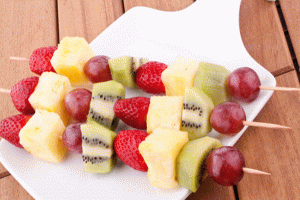
In the scorching summer, the air is sultry, sweating a lot, and people’s appetite also deteriorates. Therefore, cold and juicy fruits such as watermelon, cantaloupe, and peaches have become a “good heart” for many people.
It can not only cool down the temperature, but also supplement vitamins, but also lose weight. It can be said to serve multiple purposes.
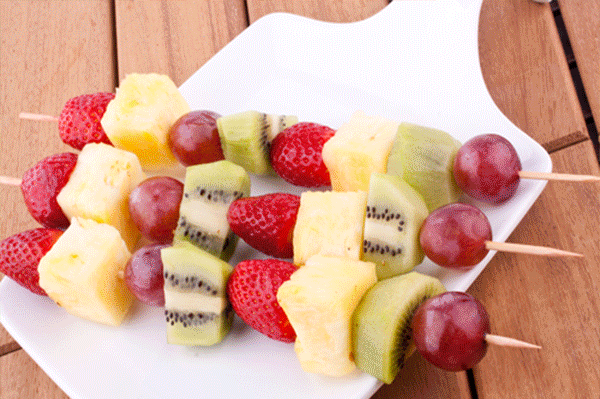
However, some people think that, as sweet as watermelon and cantaloupe, it must contain a lot of sugar, and it is easy to gain weight after eating. People who want to lose weight should choose unsweet fruit?
In fact, the mouth is sometimes unreliable, and the sugar content of the fruit is not high, but it is not as simple as whether it tastes sweet or not.
The hidden “sweetness” of fruit
The sweetness of fruit is not only related to the level of sugar content, but also closely related to the type of sugar contained.
Different sugars have different sweetness
There are three main types of sugars in fruits: glucose, fructose, and sucrose. They not only have different chemical structures, but also have great differences in sweetness.
Among them, fructose is the sweetest, its sweetness is equivalent to 1.7 times that of sucrose, and it is sweeter when iced; second is sucrose; followed by glucose, its sweetness is about 0.7 times that of sucrose. (Fructose>Sucrose>Glucose)
In other words, if the sugar content is the same, if it contains more fructose, it will be relatively sweeter to eat.
Three fruits like pears, kiwis and apricots have similar total sugar content, but pears are generally the sweetest to eat, followed by kiwis, and finally apricots. This is because the fructose in pears accounted for 66%, kiwifruit accounted for 50%, and apricots accounted for only 10%.
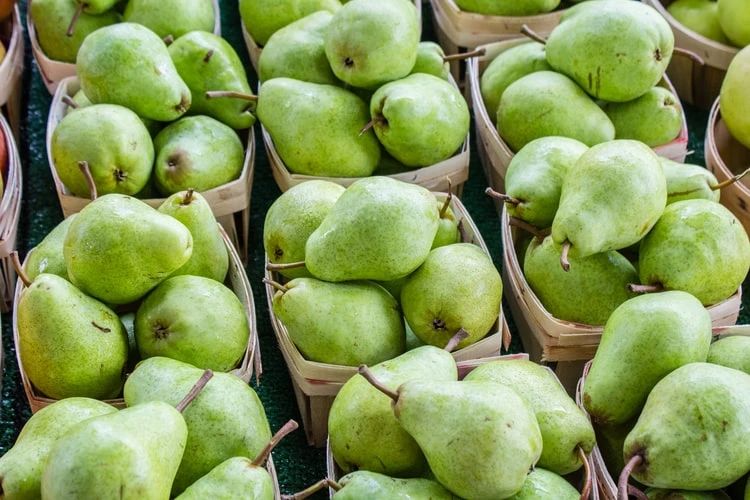
Someone must ask: Why is there so much fructose in kiwi fruit but not so sweet?
This is about other substances that affect sweetness, such as starch, inorganic salts, and tannins.
Fruits not only have sugar, but also acidity and astringency
Simply put, it’s like adding sugar, salt and vinegar to a dish, these will affect each other.
In fruits, organic acids such as citric acid and malic acid and tannins with a certain astringency can reduce the sweetness of fruits; while inorganic salts such as potassium and sodium can increase the sweetness.

The reason why kiwi fruit is not so sweet is that it contains a lot of acid, malic acid and citric acid. Therefore, some fruits that are not sweet to eat may also contain a lot of sugar.
The calories of fructose
100 grams of fructose has about 400 calories, 100 grams of sucrose has about 389 calories, and 100 grams of glucose has about 409 calories.
For comparison, 100 grams of chicken has 134 calories, 100 grams of lamb has 178 calories, and 100 grams of beef has about 288 calories.
This shows that if the fruit is not eaten properly, it may be easier to gain weight than eating meat.
Fruit selection reference table
Since the taste is unreliable, I have compiled a ranking table of the sugar content of fruits for everyone:
Fruits with much sugar and not sweet
Some fruits, although they are not sweet or even sour, may also contain high sugar content. People with high blood sugar and obesity should eat less, such as:
①Pitaya, probably only the middle pulp is slightly sweet, but the sugar content per 100 grams is about 14%, and nearly 70%-80% of which is glucose, the sugar rises faster.

②The ginseng fruit has no taste and the sugar content is as high as 18%.
③Passion fruit, tastes sweet and sour, with a sugar content of about 13%.
④ Hawthorn is very sour and helps digestion. It is not sweet at all, but its sugar content is as high as 22%.
2. Fruits with little sugar but sweet
Some fruits taste sweet, but the sugar content may not be high. You can make more choices everyday, such as:
①Strawberry, a typical representative of low-sugar fruits, has a sugar content of about 6% per 100g, about 32 calories, and is rich in dietary fiber (1.1g/100g), and its glycemic index is only 41. It is a low-GI fruit. It is very suitable for people with weight loss and diabetics.
②Hami melon, the sugar content per 100g is about 7.7%, and the calorie per 100g is only 34 calories.
③Although mango is a tropical fruit, its sugar content is not very high, about 7% per 100 grams, and its calories are 35 kcal. The dietary fiber is even higher than strawberry, 1.3g/100g.
In addition, there are some fruits that taste good, but their fat content is high:
Fruits with high fat content
①Avocado: Although it is low in sugar, low salt, low carbon water, and rich in healthy unsaturated fatty acids, vitamins and minerals, its calorie index is higher than that of pork-143 kcal for 100 g of lean pork and 160 kcal for 100 g of avocado. And its fat content is as high as 15%-30%!
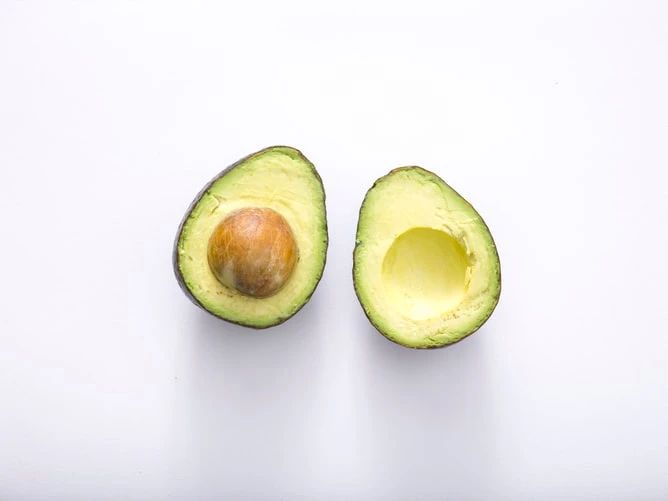
Therefore, even if the nutrition is good, the fact that it is high in fat and high in calories cannot be changed. It is recommended to use avocado instead of salad dressing, mayonnaise, condensed milk and other condiments.
②Durian: It has comprehensive nutrition, but its calorie content is second only to that of avocado-as high as 157 calories per 100 grams, of which fat content accounts for 4.1%, sugar accounts for 28.3%, which is a high-sugar and high-calorie fruit.
③Coconut: Coconut milk is not high in calories, and its calories are mainly concentrated in coconut meat-the calories per 100g of coconut meat is as high as 241 kcal, the fat content is 12%, and the sugar content is as high as 31.3%, so coconut meat and dried coconut flakes Still have to control the amount!
④Dong Jujube: Vitamin C content per 100 grams is as high as 243mg, which is almost 60 times that of apples and 10 times that of lemons! But its calories and sugar content are equally amazing-each 100 grams of calories is 125 kcal, and the sugar content is as high as 30%!
If it is replaced with dried jujube, the calories are astonishingly high, providing about 300 calories per 100 grams, which is almost twice that of rice.
Two things to keep in mind when eating fruit in summer
In addition to the choice of types, we should also pay attention to the process of eating:
Eating before meals is more conducive to weight loss
Many of the nutrients in fruits are water-soluble, and it is easier to be digested and absorbed by the intestines and stomach when eaten before meals; and it is easy to produce satiety, which can help suppress appetite for people who want to lose weight.
If you eat fruit after a meal, it is best to do it after 1 hour to avoid indigestion, bloating, and constipation.
Fruits cannot replace vegetables
2. Although fruits and vegetables are always compared by others, the nutrients and value of the two have their own characteristics and cannot be substituted for each other.
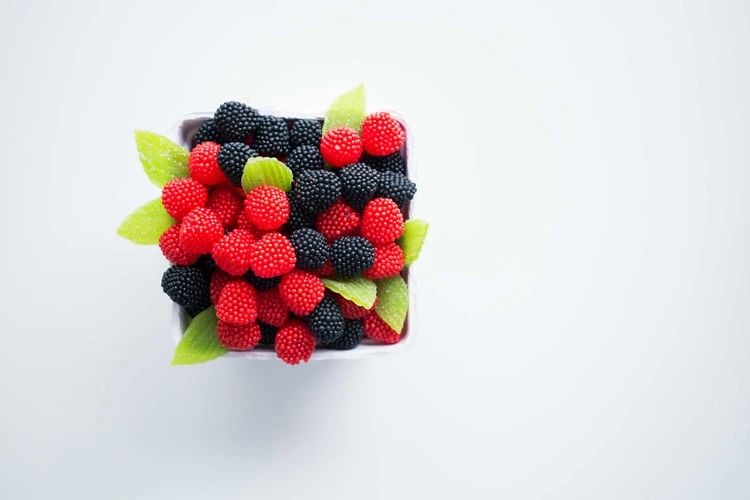
Like most dark vegetables, the content of vitamins, minerals, dietary fiber, etc. is much higher than that of fruits;
However, there are more carbohydrates, organic acids and aromatic substances in fruits than fresh vegetables, and fruits do not need to be heated before eating, and their nutritional content is not affected by cooking factors.
Therefore, it is recommended that regardless of whether the fruit is sweet or not, the amount of calories is high or not, the daily intake should be controlled at 200g-350g, and the intake of vegetables should reach 500g, and different types of food should be changed.
Comments